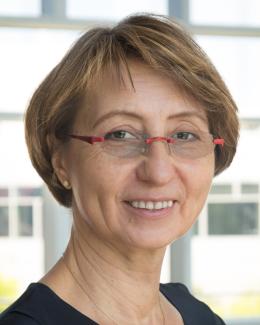Abstract
Structural characteristics of the active layers in organic photovoltaic (OPV) devices play a critical role in charge generation, separation and transport. Here we report on morphology and structural control of p-DTS(FBTTh2)(2):PC71BM films by means of thermal annealing and 1,8-diiodooctane (DIO) solvent additive processing, and correlate it to the device performance. By combining surface imaging with nanoscale depth-sensitive neutron reflectometry (NR) and X-ray diffraction, three-dimensional morphologies of the films are reconstituted with information extending length scales from nanometers to microns. DIO promotes the formation of a well-mixed donor-acceptor vertical phase morphology with a large population of small p-DTS(FBTTh2)(2) nanocrystals arranged in an elongated domain network of the film, thereby enhancing the device performance. In contrast, films without DIO exhibit three-sublayer vertical phase morphology with phase separation in agglomerated domains. Our findings are supported by thermodynamic description based on the Flory-Huggins theory with quantitative evaluation of pairwise interaction parameters that explain the morphological changes resulting from thermal and solvent treatments. Our study reveals that vertical phase morphology of small-molecule based OPVs is significantly different from polymer-based systems. The significant enhancement of morphology and information obtained from theoretical modeling may aid in developing an optimized morphology to enhance device performance for OPVs.







